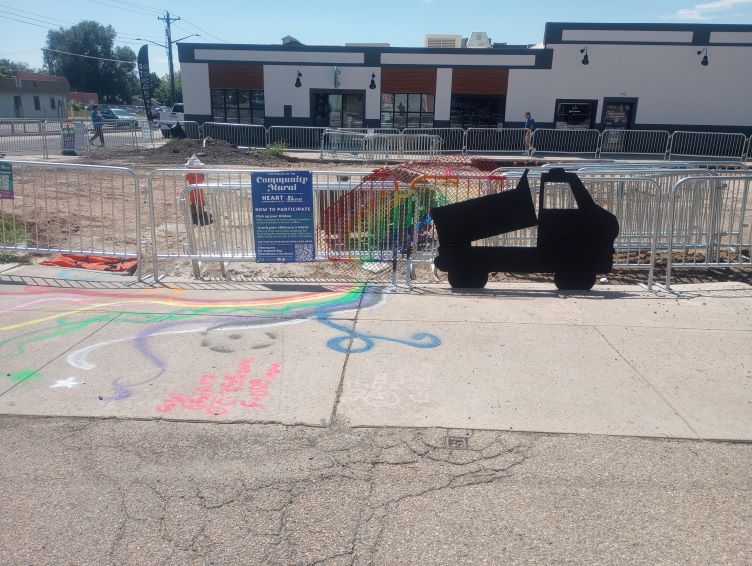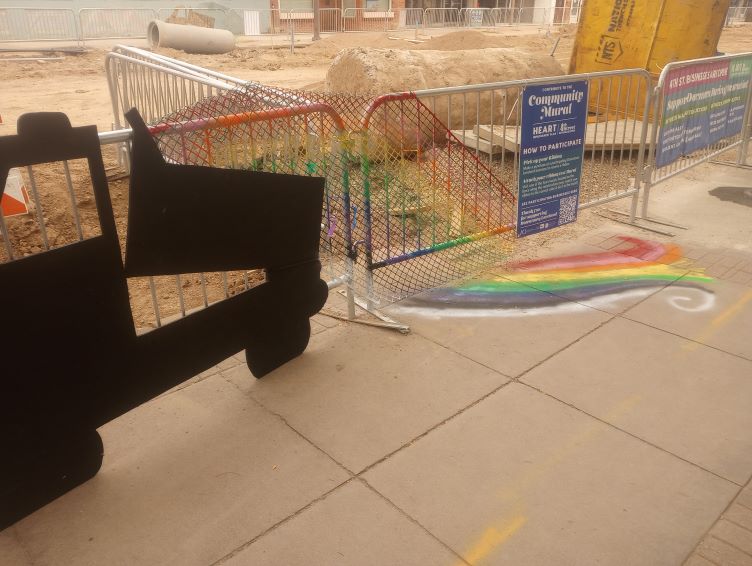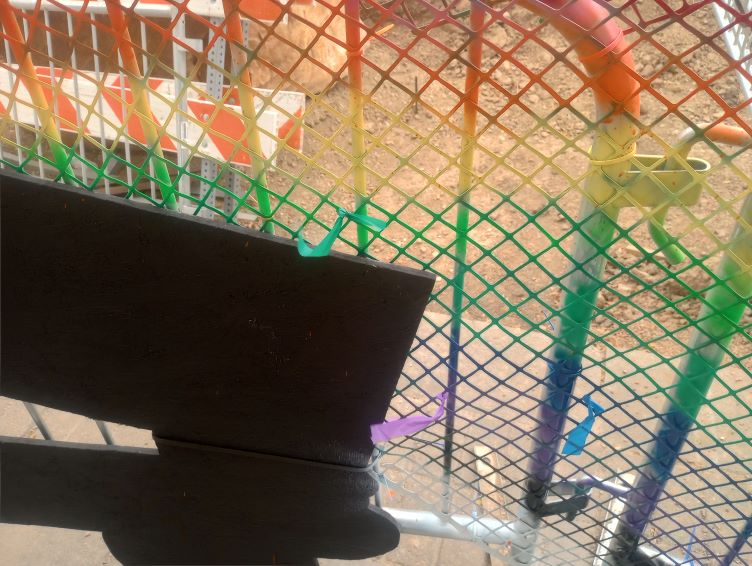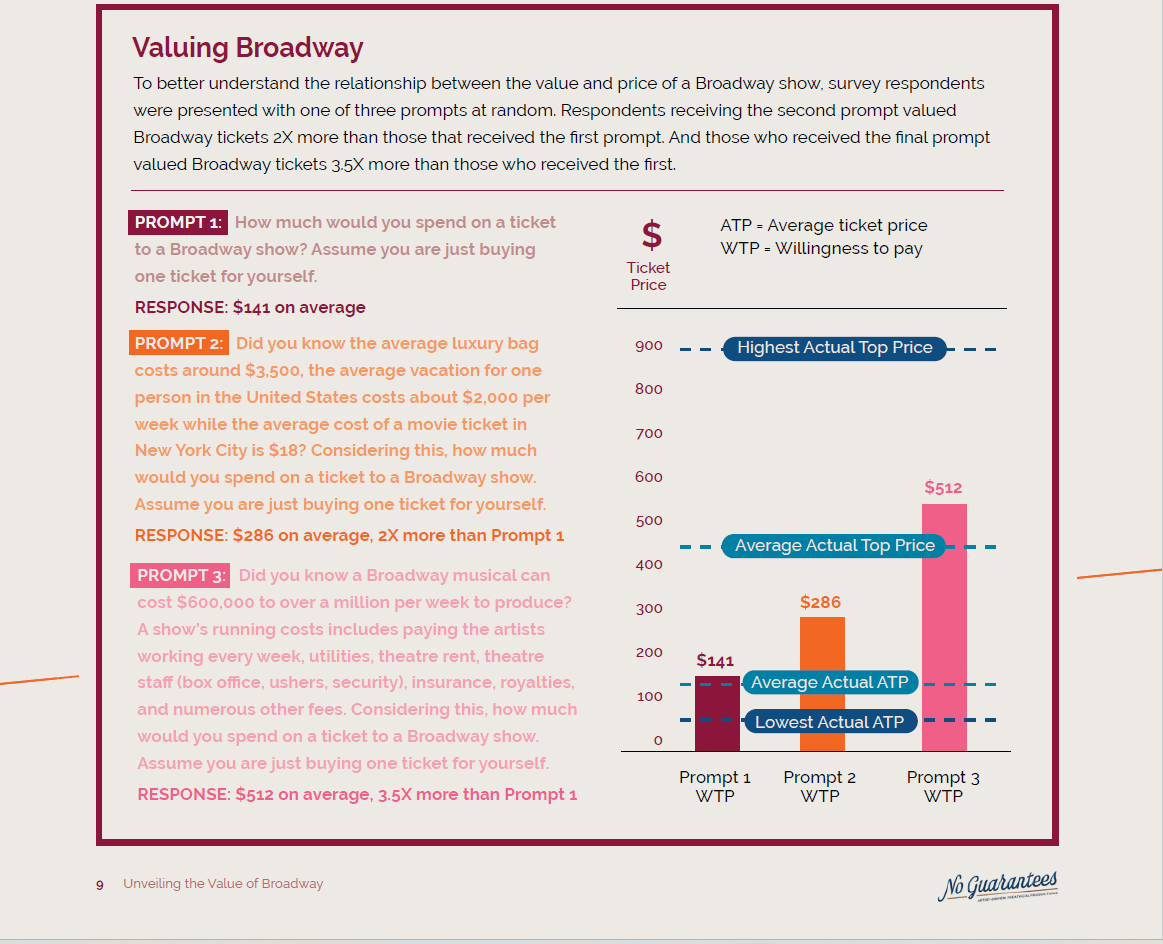Over the last dozen years I have frequently written about Springboard for the Arts’ Irrigate initiative where they organized 600 artists to provide activity along the construction route for the Green Line light rail in St. Paul, MN. Businesses along the route were concerned that the 2-3 year span of construction would drive them out of business.
The goal of the Irrigate program was to get people into the shops and walking the streets along the construction route. The artists created performances, events, art installations, etc along the route and sometimes in the businesses.
So when the downtown district authority and city started talking a few years ago about their plans to dig up the streets along a five block stretch over the course of 18 months, I started to make the downtown authority and the creative district board aware of what had been done in St. Paul. I had a bit of a vested interest in keeping foot traffic up since the construction will be passing in front of my venue in October.
Construction started in February but starting this summer the folks from the creative district started painting messages on the sidewalk in front of different businesses. In one area they have a hopscotch pattern with a message about reliving memories of youth. Since this is right across the street from my office, I have seen a lot of people, both kids and adults handing off bags and water bottles and skipping through that section. Another place has a zone painted encouraging people to dance their hearts out. Other places have funny messages directing people to different businesses.
This Friday, they kicked things up a bit more and put silhouettes of dump trucks on some of the construction fencing and then painted rainbows coming out of the trucks, across the fencing and then spilling out across the sidewalk. They distributed ribbons to various participating businesses in the construction zone and are encouraging people to patronize the businesses. In return, people will get ribbons to attach to the fencing.
Theoretically, people will attach the ribbons to the corresponding colors on the fence. We will see how that works out. It may be hard to see in the bottom picture, but I helped to prime the pump by attaching ribbons right after things were installed on Friday.
I haven’t written specifically about creative placemaking in a little while, but as this project shows it hasn’t fallen by the wayside. This is another example of how artists can help mitigate/solve issues facing communities.
The creative district folks are installing another project tomorrow night. I don’t remember the details but hopefully I will get some good pictures for a future post.






There is another way. The Gewandhaus Leipzig in Germany (concert venue) offers flex- tickets for a small premium. Not an…